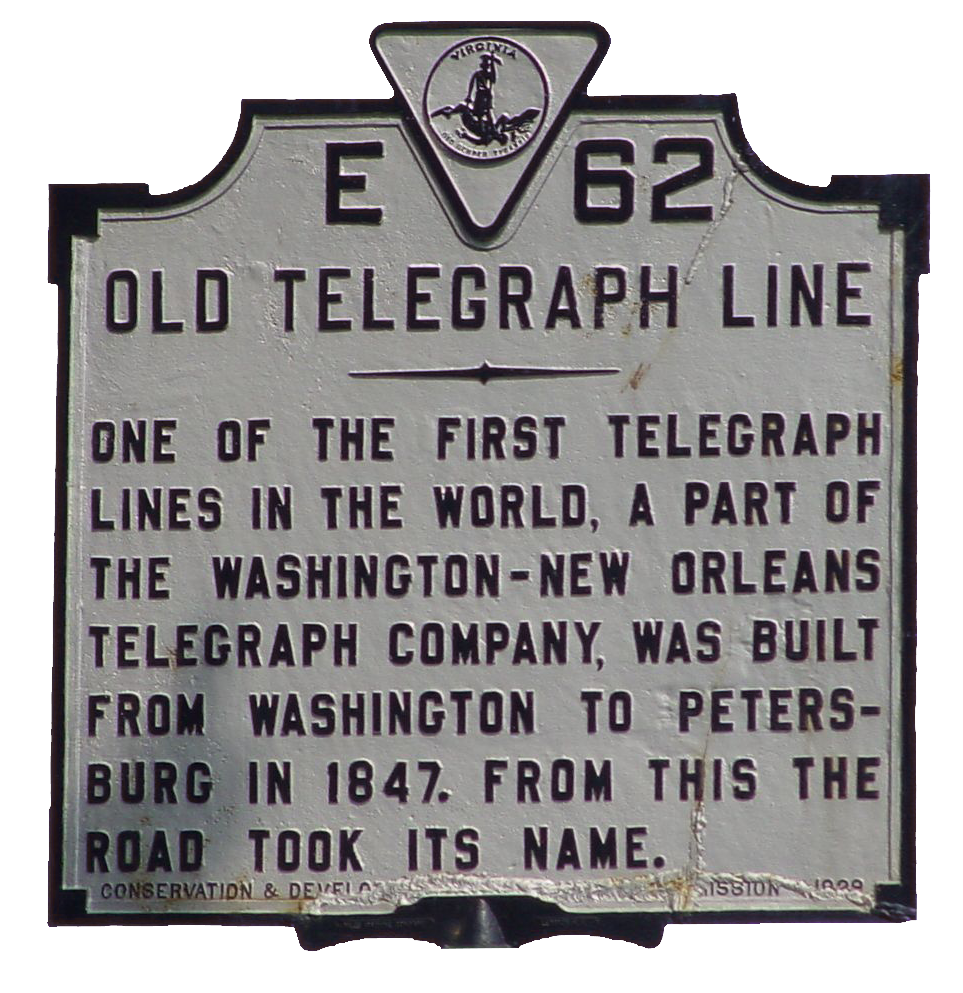News Traveled Slowly
Human communication has evolved rapidly over the past 30 years. Social media, internet-based news, and smart phones provide instant access to global news, friends, and family. In 1896, Stafford County was in the midst of its own communication revolution driven by the post-Civil War industrialization of the U.S. Newly completed railroads streamlined the distribution of mail and newspapers to rural areas while telegraph infrastructure, built primarily to improve railroad logistics, allowed Stafford residents to quickly and efficiently send and receive messages and money across the country.
In Stafford, much of the telegraph line generally followed modern U.S. Route 1, which soon became known as the “Telegraph Road”. Stafford 's earliest telegraph stations were located at Aquia Landing, Brooke, and Stafford Courthouse. Eventually the telegraph company granted the Toluca and Fredericksburg Telephone Company (founded in 1904) permission to use their poles where convenient. The telegraph lines remained in use until some time after the telephone company was bought out as the telegraph offered a cheaper means of long-distance communication.
American newspapers experienced the greatest decade of growth between 1880-1890, with total subscriptions exceeding the total population. In 1896, The Free Lance, one of two rival newspapers in Fredericksburg (Daily Star), became the first to print 3 issues per week. The two papers had a total circulation of 3,500 by 1900.
Young boys on King Street c. 1910, collection of Chris HornungSounds of Stafford
Old Telegraph Line Historical Marker, VirginiaPrimary source for Stafford 1896: “Land of Herrings and Persimmons, People and Places of Upper Stafford County, Virginia, Jerrilynn Eby MacGregor, Heritage Books, 2015
Discussion Topics
In what ways do you communicate with your family and friends?
If the internet and cell phones stopped working tomorrow, how would your life change?


